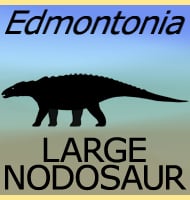Meyerasaurus
In Depth Initially described as a species of Plesiosaurus back in 1910, Meyerasaurus has spent a lot of time being shunted around from one genus to another before it was given its own place. First the remains were moved from Plesiosaurus to Thaumatosaurus. Then a long necked pliosaur called Rhomaleosaurus was suggested to be a … Read more
